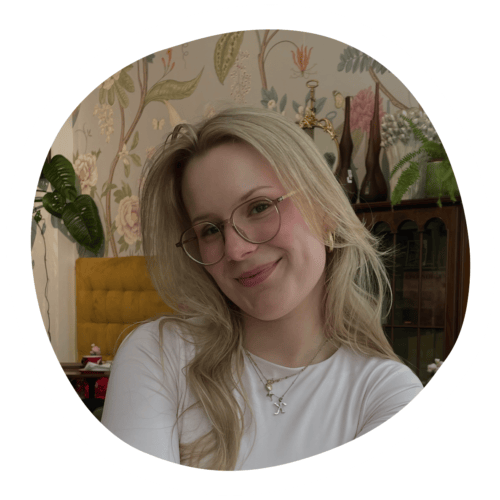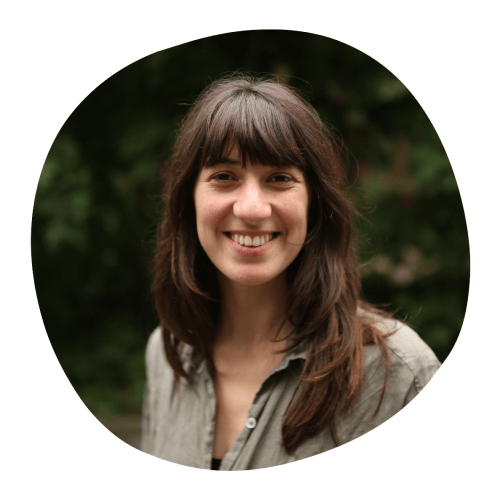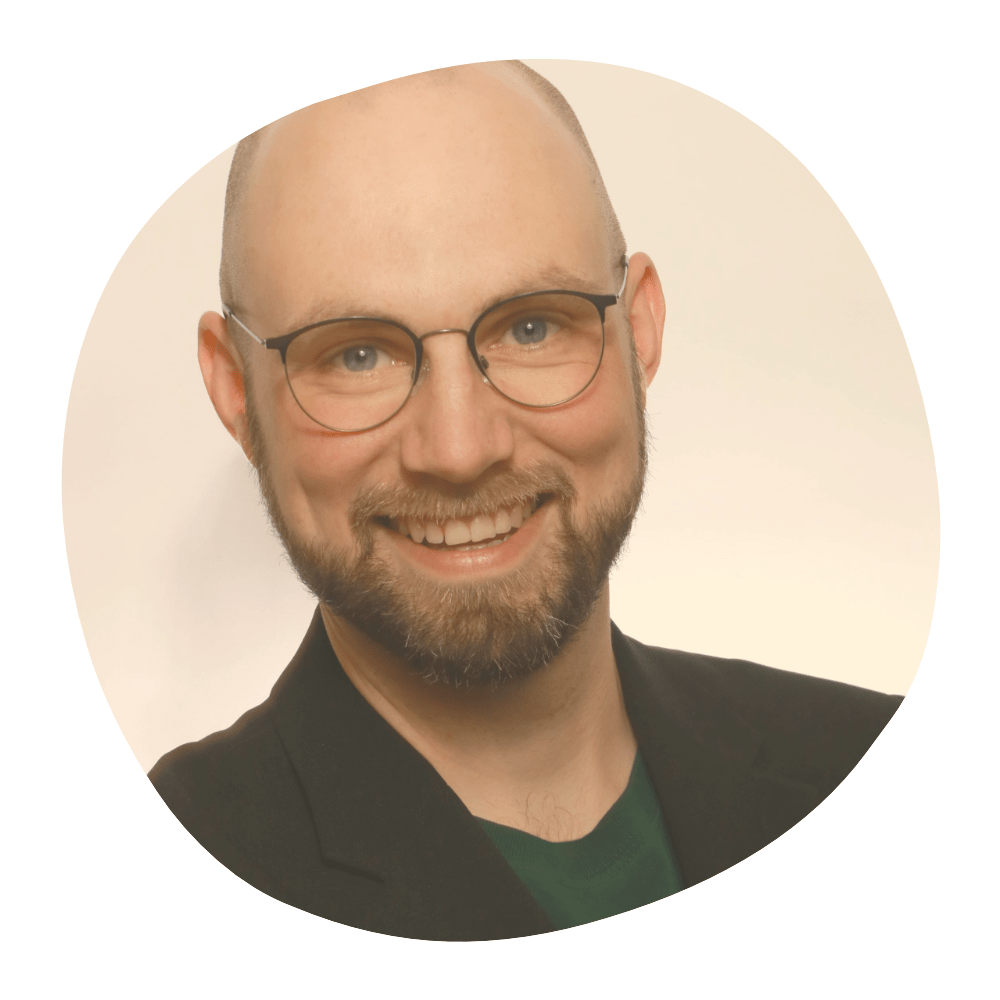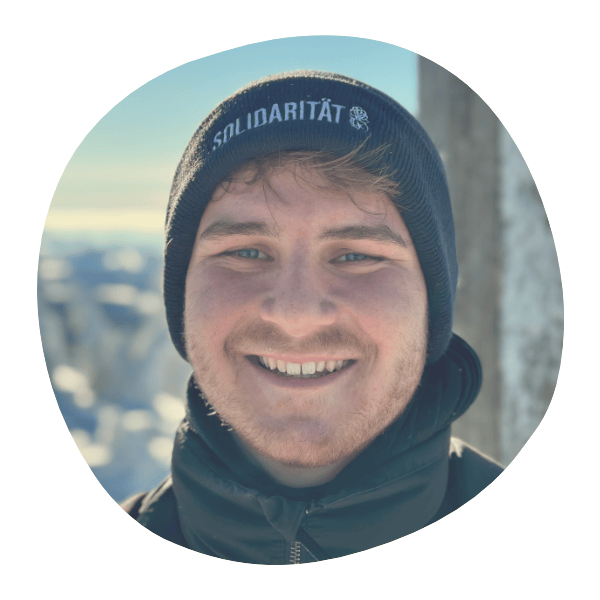Thinking Ahead
THE POWER OF “AND YET”: HOW THE NS-RESISTANCE CAN INSPIRE US
By Eva-Maria McCormack
80 years ago, on 26. August 1944, Adam von Trott was killed by the Nazi regime for his resistance as a member of the Kreisau Circle and the failed 20th July assassination attempt against Hitler.
Can we picture the scene 80 years ago this spring? Night after night, the bombers are crossing overhead. That Germany is losing the war has been evident for months. The Trott family estate in Imshausen is packed with refugees. The Trotts may be aristocrats, but everything is in short supply. Clarita von Trott, who has relocated here to escape the bombings, is searching for food, for clothes, for soap to wash the nappies of her infant children. Occasionally, a letter from her husband Adam. It is only a few months to the assassination attack of July 20, and only one more again until Adam will be executed for his role in the resistance.
But as of yet, Adam is in Berlin. The war has become apocalyptic here, he writes to his mother back home. His secretary Hilde Walter has just died alongside her sister and parents when their flat collapsed on top of them after a bombing raid, he tells his and Clarita’s close friend Chris Bielenberg, as she pays him a surprise visit. She, too, has fled Berlin with her young children. Adam’s housekeeper Emma has drummed up a soup. She is sneaking her own few pieces of meat onto Adam’s plate because he looks miserable and emaciated.
Future and Futility
Adam and Chris are talking about his futile efforts to find support for the German resistance among the UK and US governments. He has been travelling to Sweden and the Vatican to pursue contacts and pass on a resistance memorandum – always at great risk, but in vain. Hardly anybody seems to listen.
And yet: “You see, Chris, why we have to plan ahead? Why we have to plan for what is coming, for what is coming afterwards”, he says to Chris, his British-born friend. Just under a year ago, Adam attended the last big meeting at Helmuth James and Freya von Moltke’s Kreisau estate. Over three days, the resistance members discussed plans for a democratic Germany after the war. To Adam, the talks were like a gift – and intense: Under other circumstances, it would have been rare to have social democrats and conservatives, aristocrats and unionists, Protestants and Catholics around one table. Yet they have kept thinking together and talking together over the past four years, all focused on the same question: How can we build a new democracy? How can we create a peaceful society? How do we want to live in future?
“We need to defend democracy not only against populists and the far-right.
Eva-Maria McCormack
We also need to defend it against our own fear.”
A new Kreisau moment?
Eighty years on, it seems, we are again facing a Kreisau moment. While we are not at war in Germany or the UK, war and violence are again dominating our headlines, and much of the post-WWII Western world is under threat. Populism and polarization are undermining civic dialogue, the rise of extremism is jeopardizing our democracies. Growing inequity is threatening our social fabric and sharpening conflicts over resources at home and abroad. Meanwhile, the pandemic has exhausted societies across all generations. Multilateralist systems to reach international consensus are torpedoed by new nationalisms and geopolitical rivalry. And overarching it all, the climate crisis is posing the biggest new distribution question of our time, as we realize irrefutably that our way of life is based on the depletion of our common home.
“Everything is impacting on you all at the same time”, Adam Tooze has described our collective experience today. And in light of this “polycrisis”, we are again confronted with the challenge of finding a new consensus: How do we want to live? What values will our future be grounded upon? What needs to change to ensure more fairness, more equity and just participation for all – which, in turn, is the basis for stability, security and long-term sustainability?
Hope in the Dark
Which inspiration can we then take from Adam von Trott and the resistance of the Kreisau Circle? Quite possibly, it is above all the power of “and yet”: Adam and his companions acted in the midst of war, in the face of seeming futility, and at the brink of arrest and execution. They were most certainly not without fear – and yet they acted.
Today, by contrast, we seem to be paralyzed by fear: According to a recent survey, 73 per cent of the people in Germany find it hard to believe in a better future. Even worse, fear is overwhelming the young: More than 80 percent of today’s 16- to 25-year-olds believe they are headed for a frightening future and feel betrayed by their governments for inaction over the climate crisis, another survey of ten countries found.

The story of Kreisau can encourage us to transcend fear and imagine a better future – and then commit to act for it. Hope is not naïve: It is the willingness to act into an unknown future, and the courage to accept that the outcome is open. Didn’t all social transformations start like that? Adam and his friends may have failed in the short term, but their inspiration unfolds until today – and a look at history offers a host of stories about positive social change, from something as minute as the invention of the wheelchair to something as big as the Bill of Rights and the end of slavery.
”When you recognize uncertainty, you recognize that you may be able to influence the outcomes – you alone or you in concert with a few dozen or several million others”, the US historian Rebecca Solnit wrote aptly. Most importantly, the readiness to act into the unknown also means refusing to surrender one’s fear as a weapon to the enemies of democracy: Fear of the future easily opens the gates for populist seducers and far-right narratives. More than 280 descendants of the German resistance – among them Adam von Trott’s daughters Verena Onken von Trott and Clarita Müller-Plantenberg – have therefore urged not to give in to fear in a joint appeal to support democracy this spring.
The power of diversity and dialogue
There is another lesson that Kreisau holds which could not be more topical today, and this is the lesson of diversity and dialogue. Like the message of hope, it can inspire all of us, yet it is a task most urgently faced by today’s leaders in politics and the civic sphere. Adam and his fellow resistance members were keenly aware of the need to build bridges across differences and to find consensus for the sake of democracy and the common good. By contrast, many of today’s political leaders, above all, seem to relish in scoring cheap points in partisan battles, despite knowing that further polarization undermines the chances of agreeing on paths towards that better tomorrow. The Kreisau talks were intense and yet they were a gift, Adam von Trott wrote to his wife. Good governance is hard work and honest negotiation. Respect for difference is the bridge to joint solutions. Kreisau can teach us that, too.
Share this Post:





